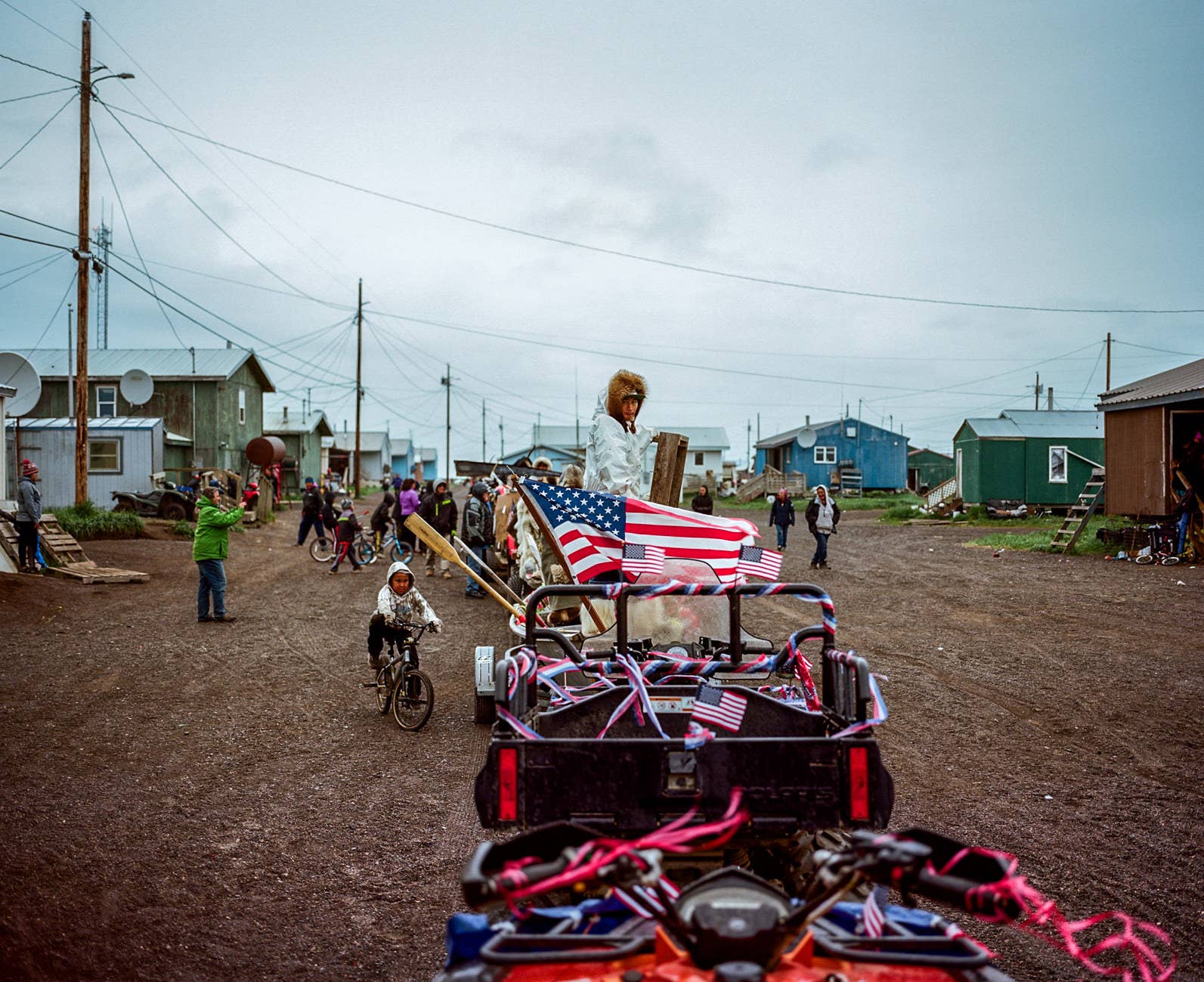
Alaska is often called "the last frontier" — and because of its geographical and cultural distance, there are a lot of misconceptions about it down on the mainland. This mythical wild land to the north is reassuringly keeping Canada and Russia apart but is generally overlooked otherwise, seen as a place of next-level-absurd politics and frightening seas, polar bears, and ice roads.
Ash Adams, who has lived in Alaska for the better part of a decade, has a brilliant series of images titled Call Her Alaska that looks at her home state with scenes that belie its reputation of exoticism and seeks to familiarize the viewer with its unique challenges, especially as it is one of the most significant bellwethers for climate change that we have.
BuzzFeed News spoke with Adams about her work and about the daily life up north.
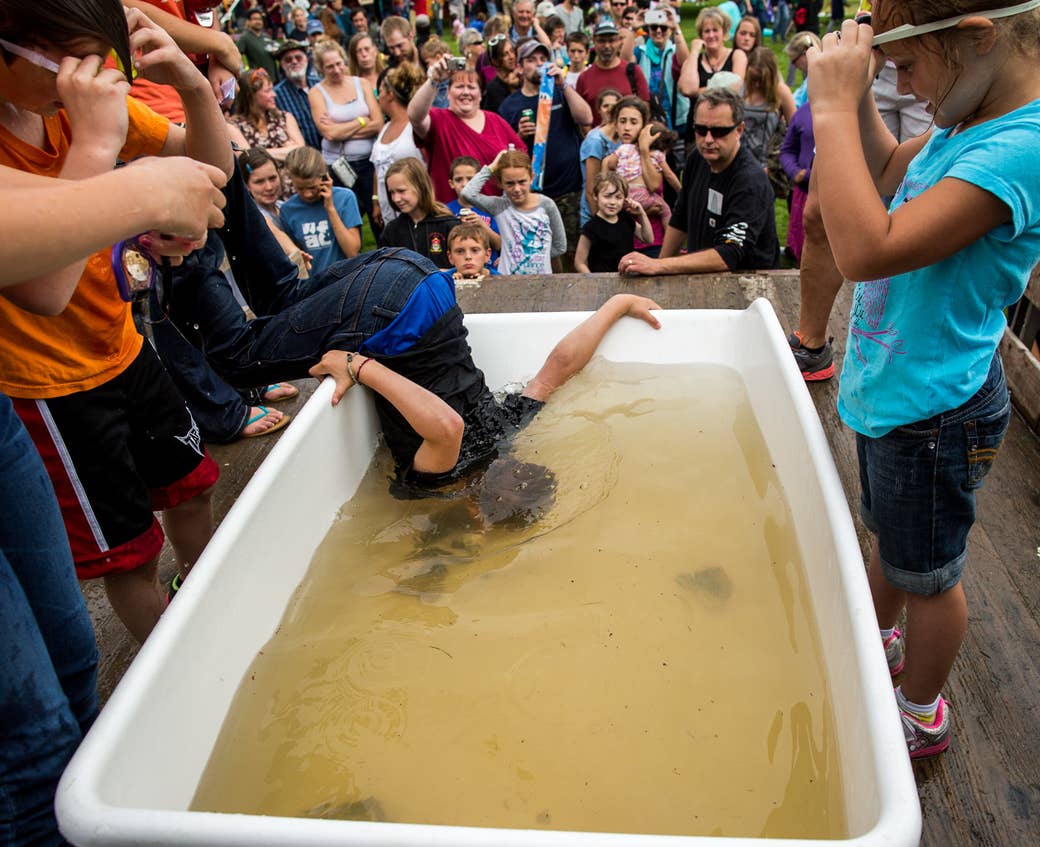
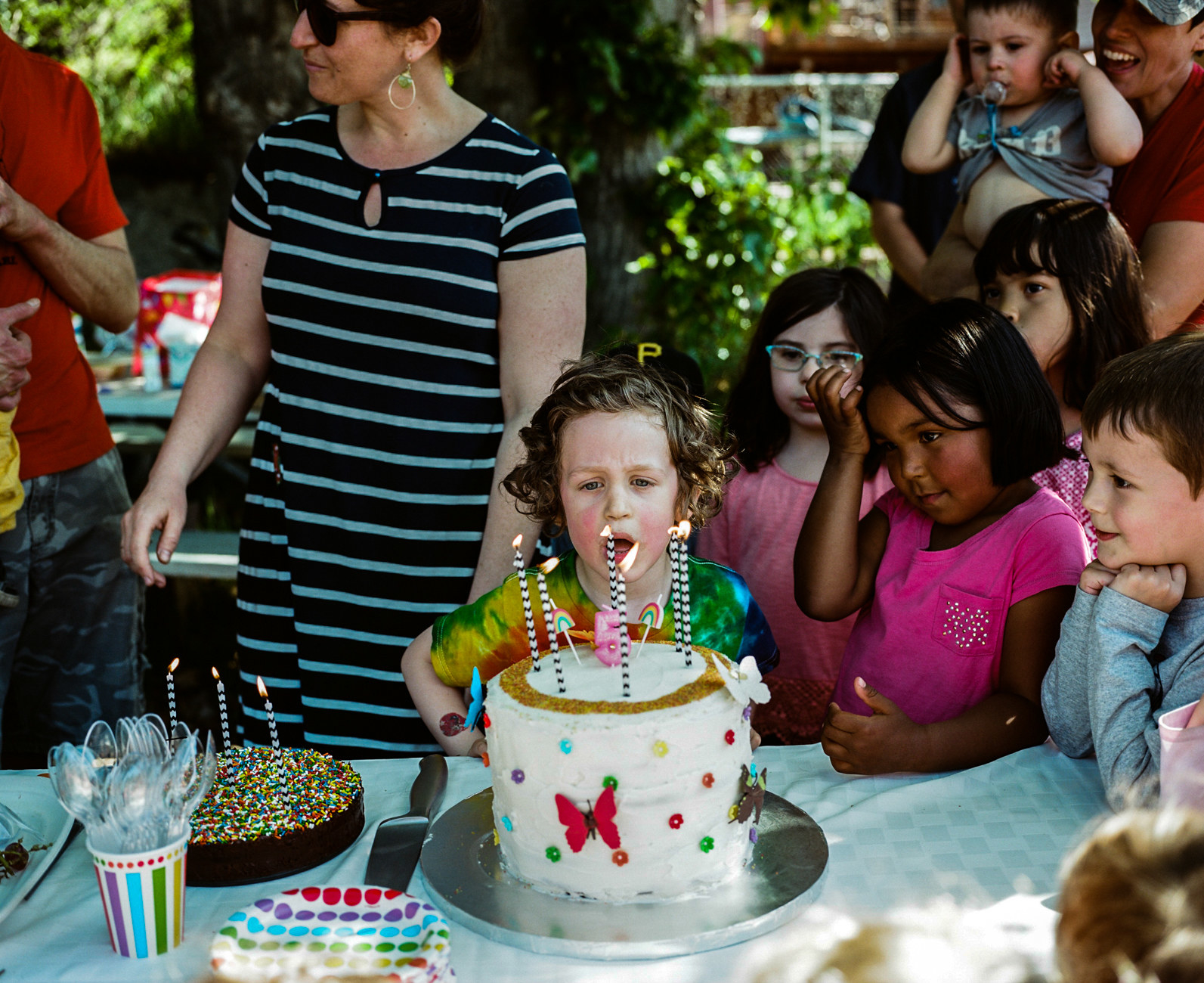
What was the origin of this project?
This project came together just from living and working in Alaska for a handful of years. I started collecting images from assignments and personal projects, and the project, which at its simplest is a look at the state and its people, has just continued to grow. The title for the project was inspired by the Velvet Underground’s “Stephanie Says,” a song I listened to on repeat when I first moved up to Alaska.
Alaska is an extraction state and a tourist state, so there is an enduring history of people seeing what they want in it and characterizing it accordingly. Just in the photojournalism field, there is this trend for outside photographers to hang parts of their careers on coming for a very short amount of time to this place that has been defined (sometimes accurately) as extreme and edgy.
But as is the case with any place, even the “extreme” and “edgy” ones, there are people who just live here all the time. Alaska Natives have lived here for thousands of years.

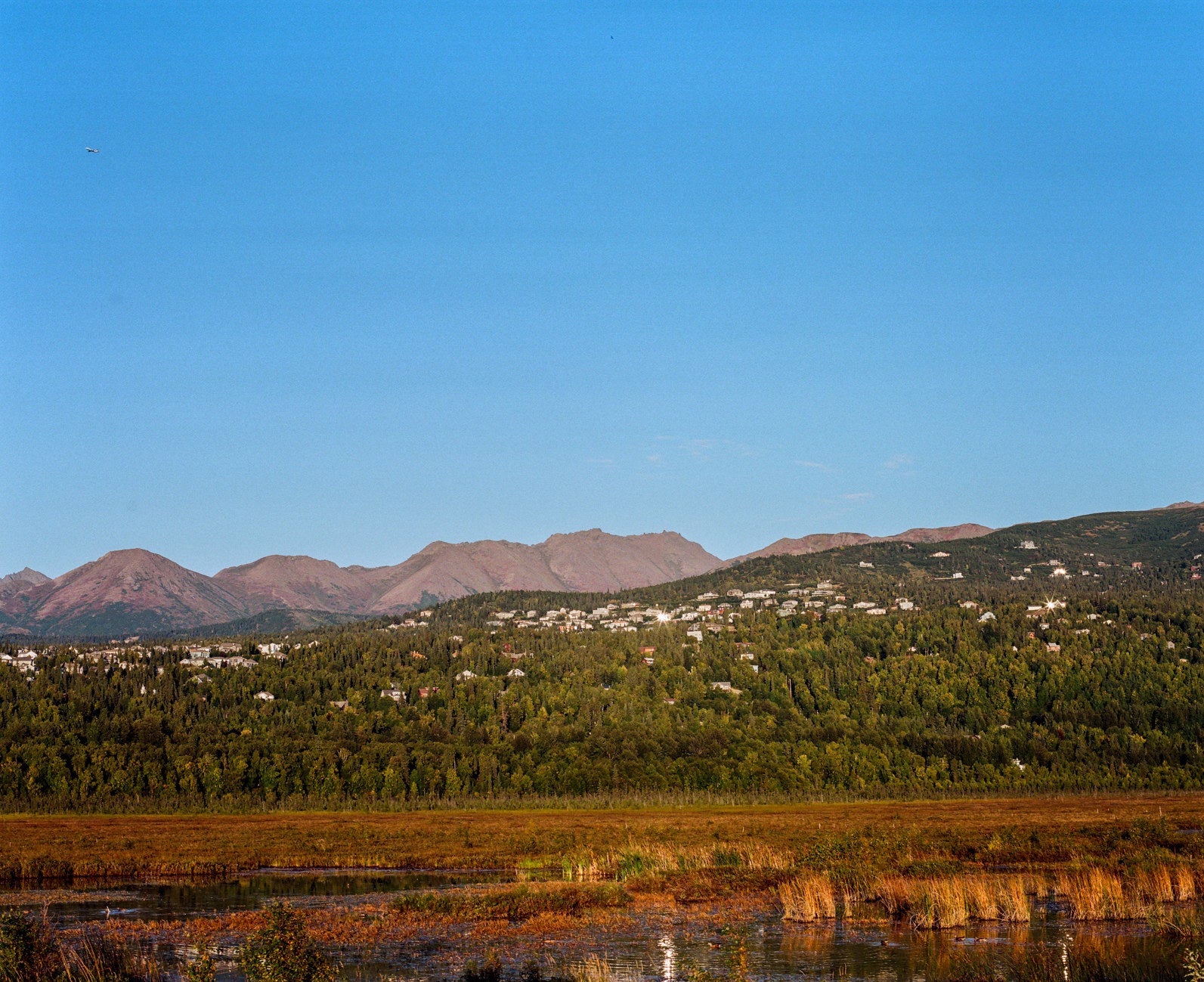
One of the first things that surprised me about Alaska was just how many communities are not accessible by road here and how commonplace bush planes and other alternative travel are as a mode of transport from one community to the next. The geographic complexities add a layer to so many conversations in Alaska, whether it be about health care, education, visiting family, or hunting. So while it's no longer a surprise and is now a regular factor in my life, I'm still fascinated with how this big state functions in the face of so many logistical challenges.

The most interesting story of Alaska is, to me, not about just the incredible (and they are truly incredible) landscapes, but about the ways in which people interact with the land here — and the way people become defined by the places in which they live while simultaneously defining them. The interesting story, to me, is about who is here, how they’ve come to be here, and why they stay. Alaska gets all sorts of nicknames like the Last Frontier, which implies an area of unchartered territory and perhaps a place for the staking of claims, but for somewhere around 730,000 people, it’s home.
What is one takeaway that you would want people to have looking at this work?
I’d hope that people come away with a feeling of connection. This work is as much a representation of my connection with the people of this place and the land and sky I’ve fallen in love with here as it is one of the place itself — which, like places everywhere, is made up of people unflinchingly living their lives.
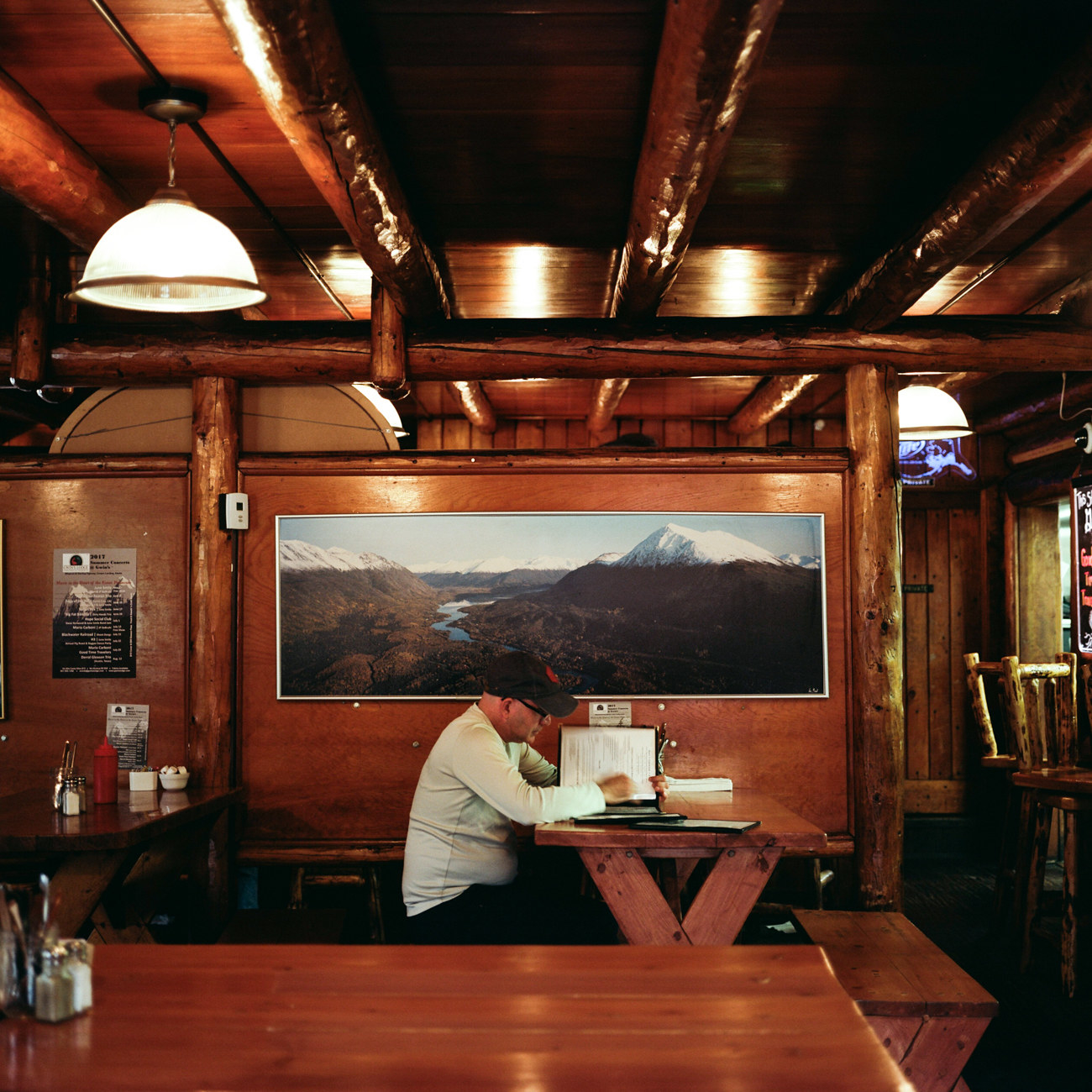
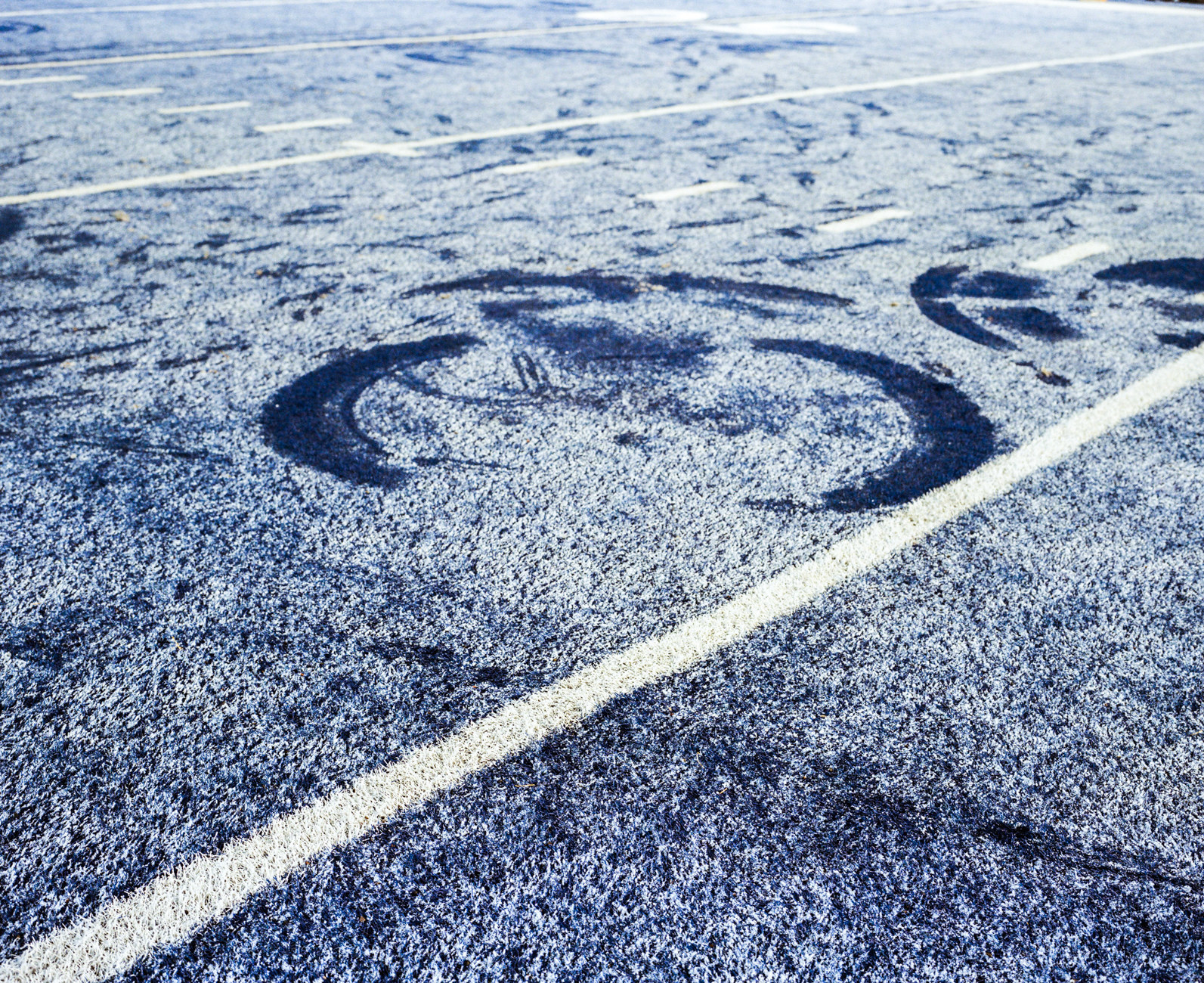
What places in the state do you love in particular?
This is always such a hard question to answer because the state, which is bigger than people often realize (as it’s often not proportionately correct on maps), is so different from one region to the next.
I love the quirky Americanness of Anchorage, the tight-knit communities of both small and big villages, the wide expanses of tundra in the refuges, the mountains. I love listening to people speak in Iñupiaq, Yup’ik, Siberian Yup’ik, Gwich’in. It’s hard to compare or pick a favorite place when the choices are so different from one another.
I am interested in simply documenting what and who is here and in portraying this state as accurately as I can, which is to say to show it in all of its complexity. Alaska is an absolutely gorgeous, wild place in parts, but while the landscapes on postcards exist, they aren't the only thing here.

In this selection of images, I think the image of the Fourth of July parade in Kivalina is my favorite because of what it will mean historically. Kivalina is one of several villages experiencing severe coastal erosion due to climate change, and the village is currently in the process of building a road to move to a new site. There are places like Kivalina in Alaska that still operate without running water, that are two plane rides away from a road system, and that are very different from most of the United States, but they are part of this American landscape and some of the most magical places I’ve been to in terms of community and resilience. I wonder, with this image, what Kivalina and much of the coastal Arctic villages will look like in 30 years, in 40, and what their changing landscape means for America and the world.
Technically, the most difficult image to make in this edit of the work is the aerial of the port of Red Dog Mine, which I made several times whenever I was flying to Kivalina or Point Hope or back to Kotzebue in a bush plane. To make this image, the cloud cover had to be high enough, the plane windows could have no condensation or scratches, it had to be light enough out so my shutter speed could be fast enough (which is tricky in the winter months), and because I was shooting on film, I realistically only ever had one shot. This shot is the time that it all worked out.
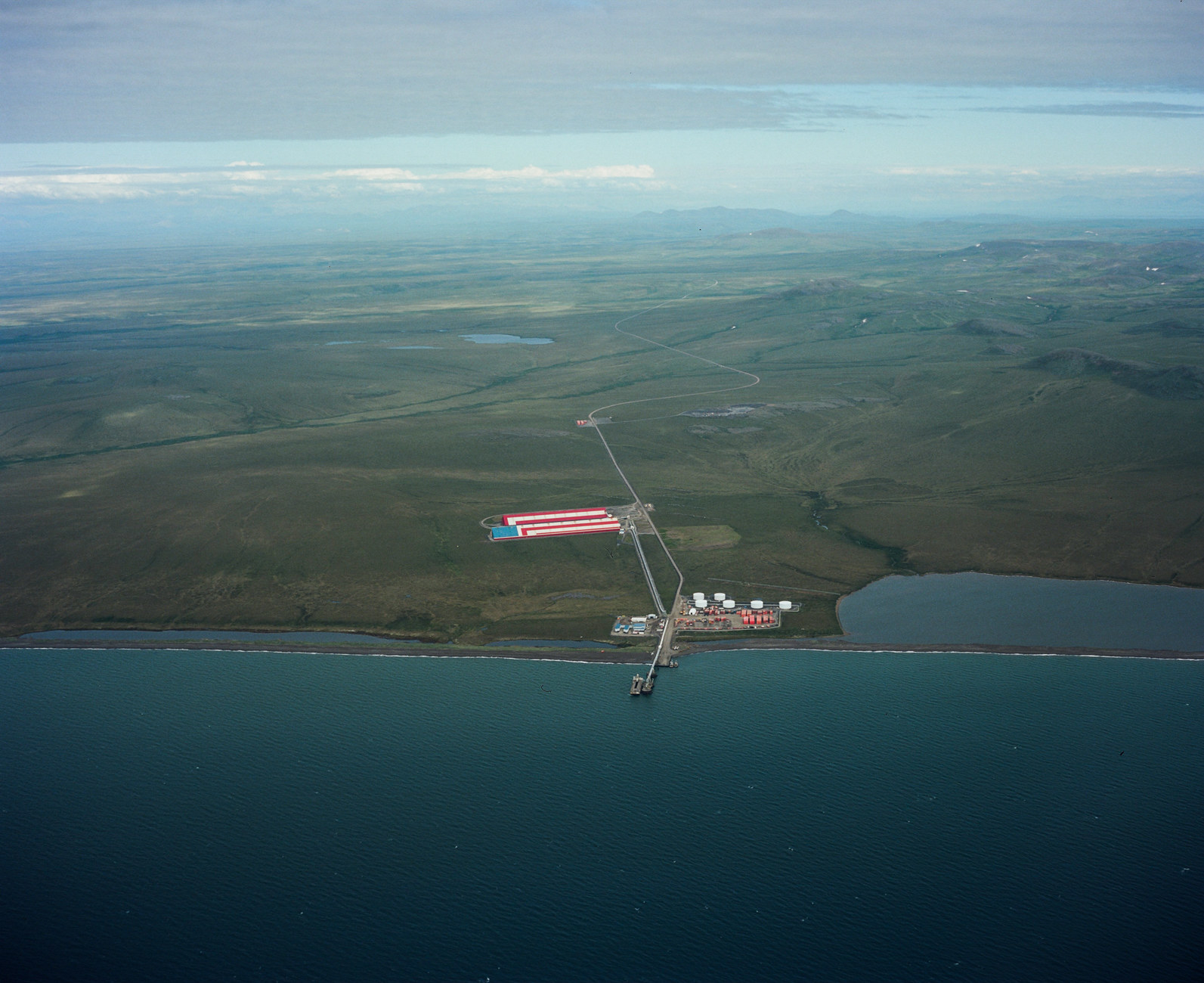
(This interview has been lightly edited and condensed for clarity.)
